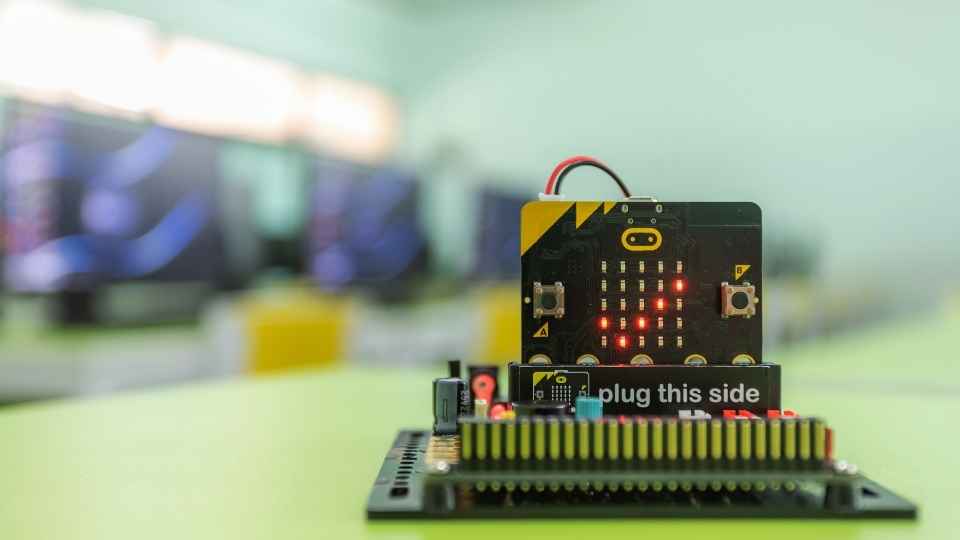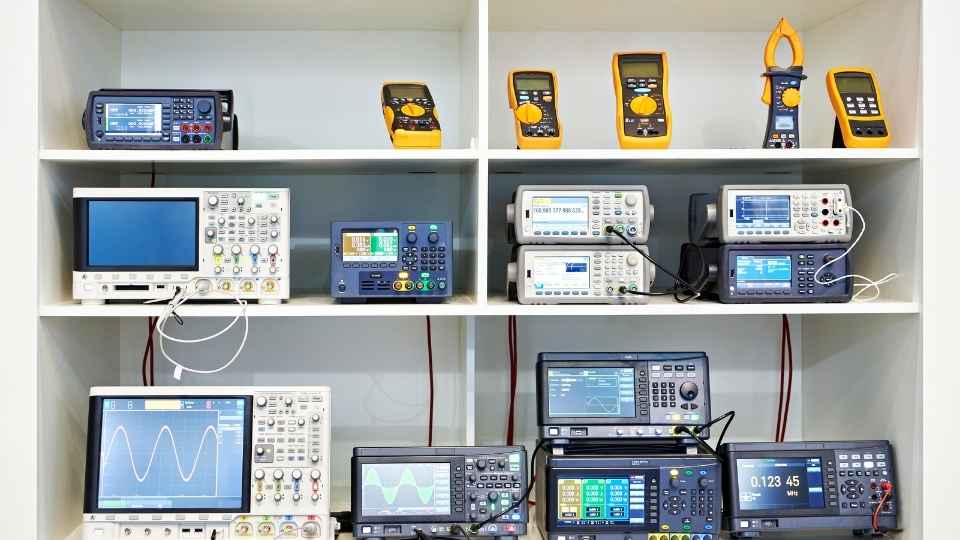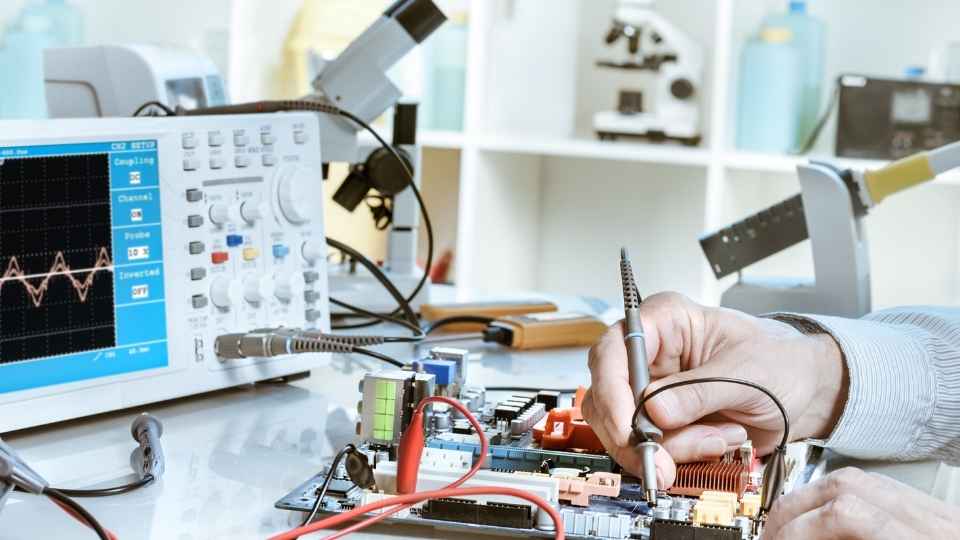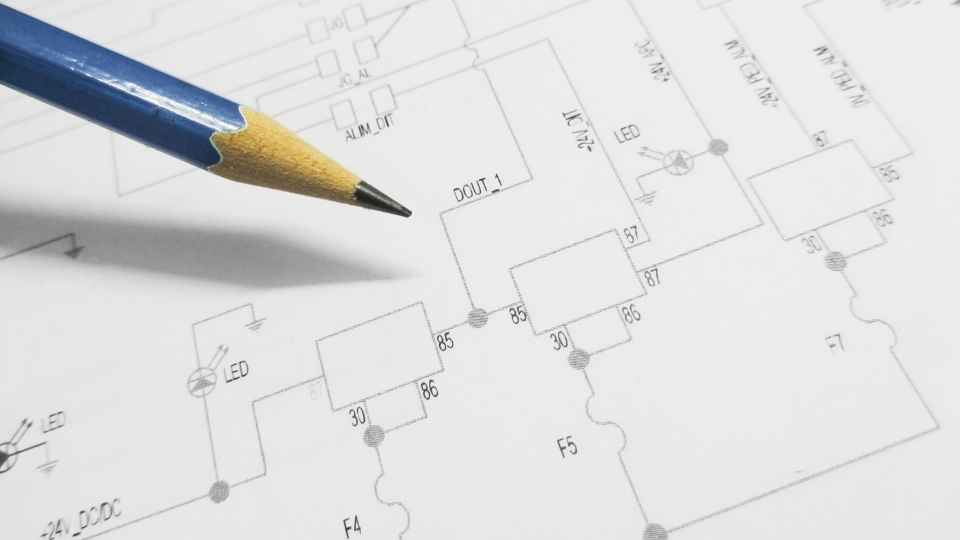
From capturing stunning aerial shots to venturing into the unexplored depths of our oceans, drones have become a revolutionary force in various industries. Their versatility and adaptability continue to push boundaries and challenge our perception of what is possible.
In this article, we will delve into the myriad applications of drones, uncovering their potential in areas such as photography, delivery services, agriculture, wildlife conservation, search and rescue missions, and even deep-sea exploration.
Prepare to be amazed by the limitless possibilities that these unmanned aerial vehicles offer.
Key Takeaways
- Drones have revolutionized aerial photography by providing photographers with unprecedented freedom and access to unique angles and compositions.
- Drones have transformed traditional logistics practices by improving efficiency and reducing delivery times in the delivery industry.
- Regulatory challenges and privacy concerns arise from differing laws and policies, the need for managing airspace, and balancing regulation and innovation.
- Drones have various applications in agriculture, including optimizing crop management, improving productivity, and resource efficiency. Additionally, drones are used in wildlife conservation and search and rescue operations, providing efficient monitoring and assistance in difficult terrains or harsh weather conditions.
Revolutionary Applications in Aerial Photography
In recent years, the advancements in drone technology have revolutionized the field of aerial photography, allowing for breathtaking images and perspectives that were once only possible through expensive and cumbersome equipment. Drones equipped with high-resolution cameras and stabilization systems have made it easier than ever before to capture stunning aerial shots. These devices offer photographers and videographers unprecedented freedom to explore unique angles and compositions, resulting in visually captivating imagery.
The ability to maneuver drones in various environments, including urban areas or natural landscapes, provides endless possibilities for creative expression. Additionally, drones enable professionals to access hard-to-reach locations or dangerous terrains without risking human lives.
The versatility of drones has expanded the horizons of aerial photography by eliminating barriers such as cost and mobility restrictions. As a result, photographers now have unparalleled opportunities to capture extraordinary moments from above, providing viewers with a sense of freedom through their perspective on the world below.
The use of drones in the delivery industry has brought significant advancements and transformed traditional logistics practices. These unmanned aerial vehicles have redefined the way goods are transported, improving efficiency and reducing delivery times.

With their ability to navigate through congested areas and deliver packages directly to customers' doorsteps, drones have revolutionized the delivery industry as we know it.
Redefining Logistics With Drones
Drones have revolutionized the field of logistics by offering an innovative and efficient approach to delivery services. With their ability to navigate through various terrains and avoid traffic congestion, drones have emerged as a game-changer in the logistics industry. These unmanned aerial vehicles (UAVs) can deliver packages quickly and safely, reducing delivery times and costs.
The use of drones in logistics has enabled companies to reach remote areas with ease, providing access to goods that were previously difficult to obtain. This has been particularly beneficial for individuals living in rural or isolated regions who face challenges in accessing essential supplies.
Moreover, the implementation of drone technology has reduced the carbon footprint associated with traditional delivery methods. By utilizing electric-powered drones instead of fuel-dependent vehicles, emissions are significantly reduced, contributing to a greener environment.
Overall, drones have redefined logistics by enabling faster deliveries, expanding access to goods, and promoting environmental sustainability. As this technology continues to advance, we can expect further improvements in efficiency and effectiveness within the delivery industry.
Improving Efficiency in Deliveries
Enhancing operational productivity and streamlining delivery processes is crucial for optimizing efficiency in the logistics industry. With advancements in technology, there are several innovative solutions available to improve the efficiency of deliveries. Here are some ways that can help achieve this:
Utilizing drones for last-mile deliveries: Drones can navigate through traffic and deliver packages quickly, reducing delivery times significantly.

Implementing route optimization algorithms: By analyzing data such as delivery locations, traffic patterns, and package sizes, algorithms can identify the most efficient routes for drivers.
Integrating real-time tracking systems: This allows both businesses and customers to track their shipments accurately, providing transparency and peace of mind.
By incorporating these strategies into their operations, logistics companies can enhance efficiency, reduce costs, and provide a better customer experience.
Embracing technological advancements offers freedom from traditional limitations in the logistics industry.
Unveiling the Regulatory Challenges
Unveiling the regulatory challenges surrounding drone usage requires a comprehensive understanding of existing laws and policies. Drones have become increasingly popular for various applications, including photography, surveillance, and delivery services. However, their widespread use has raised concerns about safety, privacy, and airspace management.
Existing laws and regulations differ across jurisdictions, making it challenging to navigate the legal landscape. In the United States, for example, the Federal Aviation Administration (FAA) has implemented rules for commercial drone operations. These rules include obtaining a remote pilot certificate and adhering to specific operational limitations.
Privacy is another significant concern with drone usage. Unauthorized surveillance or invasion of privacy can lead to legal repercussions. Existing laws often require consent from individuals before capturing or recording their images or activities using drones.

Furthermore, managing airspace becomes critical as more drones take flight simultaneously. Coordination with air traffic control systems is necessary to ensure safe operations and prevent collisions with manned aircraft.
To address these challenges effectively, policymakers need to strike a balance between regulating drone usage and fostering innovation in this rapidly evolving field while preserving individual freedoms. Clear guidelines that prioritize safety without stifling technological advancements are crucial for promoting responsible drone operations in a society that values freedom.
Harnessing the Potential of Drones in Agriculture
The adoption of unmanned aerial vehicles (UAVs) in agriculture has shown promising potential for optimizing crop management and improving overall agricultural productivity. Drones offer farmers a range of capabilities that can revolutionize the way they approach their operations.
Crop Monitoring: UAVs equipped with high-resolution cameras or multispectral sensors can capture detailed images of crops, allowing farmers to monitor plant health and detect any signs of stress or disease.
Precision Agriculture: Drones enable farmers to precisely apply fertilizers, pesticides, and water to specific areas of their fields, reducing waste and maximizing resource efficiency.
Yield Mapping: By collecting data from drone flights, farmers can generate accurate yield maps that provide insights into crop performance across different sections of their land.
With the ability to collect real-time data and perform targeted actions, drones empower farmers to make informed decisions and optimize their agricultural practices. This technology represents a significant step forward in achieving greater efficiency, sustainability, and profitability in the field.

Expanding Horizons: Drones in Wildlife Conservation
Expanding the application of unmanned aerial vehicles (UAVs), drones are now being utilized in wildlife conservation efforts to monitor and protect endangered species.
The use of drones in this field has revolutionized the way researchers and conservationists gather data, providing a more efficient and cost-effective method compared to traditional techniques.
Drones equipped with high-resolution cameras can capture detailed imagery of remote habitats, allowing for accurate population assessments and habitat mapping. Furthermore, thermal imaging capabilities enable the detection of wildlife even in dense vegetation or during nighttime hours.
Real-time monitoring through video streaming enables rapid response to potential threats such as poaching or illegal logging.
By employing drones, conservation organizations can expand their reach, cover larger areas, and obtain valuable data that aids in decision-making processes.
This technological advancement holds great promise for protecting endangered species and preserving biodiversity for future generations.
Pushing the Boundaries: Drones in Search and Rescue Missions
The use of drones in search and rescue missions has revolutionized the way emergency situations are handled.

These unmanned aircraft provide lifesaving capabilities by swiftly locating individuals in need of assistance, even in difficult terrain or harsh weather conditions.
Drone Lifesaving Capabilities
One remarkable aspect of drones lies in their potential to save lives. These unmanned aerial vehicles (UAVs) have revolutionized search and rescue operations, providing a faster and more efficient means of locating and assisting individuals in distress.
Drones offer several key lifesaving capabilities:
Aerial Reconnaissance: Equipped with high-resolution cameras and advanced imaging technology, drones can quickly survey large areas, identifying survivors or hazards that may be difficult to spot from the ground.
Delivery of Supplies: Drones can transport essential medical supplies, food, water, or communication devices to remote or inaccessible locations, ensuring timely assistance for those in need.
Remote Monitoring: With real-time video streaming capabilities, drones enable emergency responders to remotely monitor rescue operations, enhancing coordination and situational awareness.
These drone lifeline capabilities have not only increased the effectiveness of search and rescue missions but also improved the chances of survival for individuals caught in life-threatening situations.

Efficiency in Emergency Situations
Efficiency plays a crucial role in emergency situations, where every second counts and quick response can mean the difference between life and death. In such scenarios, the use of drones has shown immense potential to enhance efficiency and effectiveness.
Drones can be rapidly deployed to gather real-time situational awareness, search for missing persons, deliver medical supplies or equipment to inaccessible areas, and even provide remote telemedicine assistance. Their ability to swiftly navigate through various terrains and reach remote locations makes them invaluable tools in emergency response efforts.
Moreover, drones equipped with advanced imaging technologies can quickly assess damage after natural disasters or accidents, allowing for faster decision-making and resource allocation. By leveraging the capabilities of drones, emergency services can optimize their operations and ultimately save more lives while ensuring the freedom of movement essential for efficient disaster management.
Overcoming Geographical Limitations
Overcoming geographical limitations is one of the key capabilities of drones. These unmanned aerial vehicles (UAVs) have revolutionized various industries by enabling access to remote and difficult-to-reach locations. Drones are equipped with advanced navigation systems and sensors, allowing them to navigate through challenging terrains and environments that would otherwise be inaccessible or dangerous for humans.
Here are some ways in which drones help overcome geographical limitations:
Aerial surveys: Drones can capture high-resolution images and videos from above, providing valuable data for mapping, land surveying, and infrastructure inspections.
Search and rescue operations: Drones equipped with thermal imaging cameras can quickly locate missing persons or survivors in disaster-stricken areas, even in rugged terrain or dense forests.

Delivery services: Drones offer a potential solution for delivering medical supplies, food, or other essential items to remote areas with limited infrastructure.
Exploring the Depths: Drones in Deep-Sea Exploration
Drones have revolutionized deep-sea exploration by providing scientists with unprecedented access to remote and hazardous underwater environments. These unmanned aerial vehicles (UAVs) equipped with advanced imaging technology enable researchers to gather valuable data from the depths of the ocean that was previously inaccessible. With their ability to navigate through treacherous underwater terrain and withstand extreme pressure, drones have opened up new avenues for studying marine ecosystems, geological formations, and even archaeological sites.
One of the key advantages of using drones in deep-sea exploration is their maneuverability. Equipped with powerful thrusters and precise control systems, these drones can reach depths beyond human capabilities while capturing high-resolution imagery. This allows scientists to study underwater habitats in detail, identifying species, monitoring their behavior, and assessing environmental changes over time.
Furthermore, drones provide a cost-effective alternative to manned submersibles or remotely operated vehicles (ROVs). They eliminate the need for expensive infrastructure such as support vessels or specialized crews while reducing operational risks. Drones can be easily deployed from shore or small boats, making them ideal for conducting targeted surveys or monitoring specific areas of interest.
The use of drones also enhances safety during deep-sea exploration. By removing humans from hazardous environments prone to unpredictable weather conditions or dangerous wildlife encounters, researchers can collect valuable data without putting lives at risk. In addition, drones equipped with sensors can detect potential dangers such as gas leaks or unstable structures before they pose a threat to human divers.
Frequently Asked Questions
Are Drones Capable of Capturing High-Quality Aerial Photographs?
Yes, drones are capable of capturing high-quality aerial photographs. They offer advantages such as stability, maneuverability, and the ability to reach inaccessible areas. With advanced camera technology and stabilizing systems, drones can produce professional-grade images with ease.
How Are Drones Being Used in the Delivery Industry?
Drones are increasingly being used in the delivery industry to streamline and enhance the transportation of goods. With their ability to navigate through congested areas and deliver packages quickly, drones offer a promising solution for efficient and timely deliveries.

What Are the Main Regulatory Challenges Associated With Drone Usage?
The main regulatory challenges associated with drone usage include airspace regulations, privacy concerns, and safety standards. Ensuring compliance with these regulations is crucial for the safe and responsible operation of drones in various industries.
How Can Drones Be Utilized in Agriculture?
Drones can revolutionize agriculture by providing real-time data on crop health, soil conditions, and irrigation needs. They enable precision farming practices, such as targeted spraying and autonomous monitoring, resulting in increased crop yields and reduced environmental impact.
In What Ways Are Drones Being Used in Wildlife Conservation Efforts?
Drones are being used in wildlife conservation efforts to monitor and track endangered species, conduct aerial surveys of habitats, and gather data for research. Their versatility and ability to access remote areas make them valuable tools in preserving biodiversity.
 Basic Electronics ConceptsEssential ToolsCircuit Design BasicsMicrocontrollersDIY Electronics ProjectsRoboticsPrivacy PolicyTerms And Conditions
Basic Electronics ConceptsEssential ToolsCircuit Design BasicsMicrocontrollersDIY Electronics ProjectsRoboticsPrivacy PolicyTerms And Conditions
